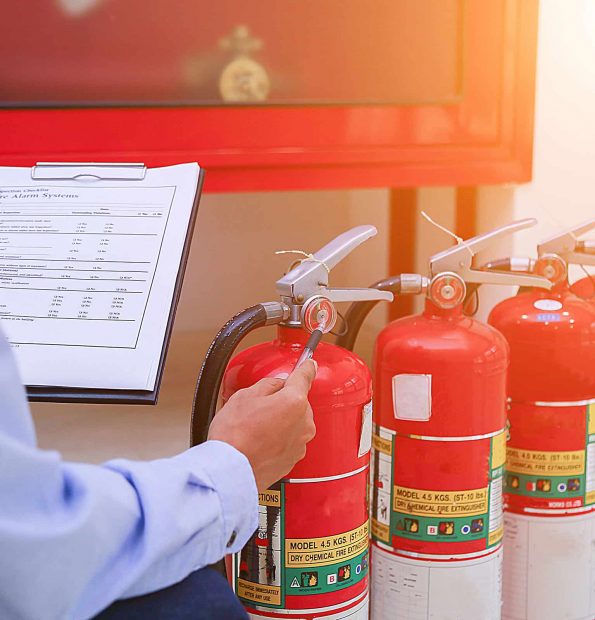Sydney fire safety goes beyond than just a matter of checking off boxes. The Annual Fire Safety Statement, also known as AFSS is the center of this system. This document not only satisfies all legal requirements but also shows the owner’s commitment to security and accountability. The Annual Fire Safety Statement (AFSS) is the foundation of the system. It’s not only a matter of meeting legal requirements, it is also a sign of a building’s commitment to safety and responsible behavior.
The reason why the annual Fire Safety Statement is Required?
The Annual fire safety statement Sydney requirement was never designed to be paperwork for the sake of paperwork. Systems for protecting against fire are only effective if they’re regularly maintained checked, tested and certified. You may think like a sprinkler that was installed 10 years ago is working well, but it won’t be able to function in a situation of emergency because the system was not inspected.

The AFSS demands that owners prove every 12 months that all their fire safety features which include alarms and lighting for exits and hydrants are up to specifications originally laid out by the Building Code of Australia. This is more than an inspection. It’s a public declaration that lives are protected and that the building is capable of surviving an emergency.
The difference between AFSS and Fire Safety Certificates
The Fire Safety Certificate and the Annual Statement can be misunderstood by property owners, yet they have distinct functions. The certificate is issued when a major upgrade or a new system is set up. It is a confirmation that the new measures have been approved prior to the building being utilized or let. The AFSS however, on the other however, will be issued later. It’s a responsibility that is repeated that ensures that the same systems continue to meet the requirements each year following the initial installation.
They are able to create a protection loop when they’re combined: certificates prove that the safety systems were installed properly and the annual reports verify that the systems are maintained throughout the lifespan of a building. In the event of either one being missed, it weakens the entire chain of protection.
The responsibility of the building owner
The AFSS in New South Wales has a distinct feature that puts the ultimate responsibility of this process onto the homeowner. The AFSS system differs from other compliance systems which allow for defects to be categorized into major and minor. The entire document is inadmissible when any one of the measures fails.
This means that owners must take an active role. They need to organize inspections, recruit certified experts, schedule repairs, and file documents with the council, all while meeting strict deadlines. This requires coordination between landlords, contractors and insurers for commercial landlords, as well as strata committees. This structure, while challenging however, is designed to make sure that safety is not diminished or delayed.
The Impact of AFSS on Sydney
The AFSS is more than just legal compliance. Tenants often inquire about a building’s current safety statement before deciding to lease space, and insurance companies often require a copy before finalizing coverage. A current Annual Fire Safety Declaration can influence the value of the property as well as tenant trusts and even the rates of insurance.
For councils, it provides reassurance that thousands of buildings across Sydney are regularly monitored. Fire authorities will be able to reduce risks by ensuring that systems are in place during real emergencies. The AFSS is not only about protecting individual buildings, but also makes the city safer.
Conclusion: AFSS As a Standard of Trust
The annual statement on fire safety Sydney requirement may appear to be a bureaucratic hurdle However, in reality it is a standard of trust. The statement shows that the safety of your home isn’t just left to fate. It demonstrates the reliability of equipment, and that building owners are responsible for the health and safety of their residents. When combined with a Fire Safety Certificate, it completes a process that validates both the setting up and continual performance of crucial safety measures.
For property owners, the lesson is clear: AFSS is more than an annual deadline. It’s an investment in security accountableness, trust and community. This commitment makes the AFSS so valuable in Sydney’s rapidly growing urban landscape in which thousands of residents rely on secure and sound construction.